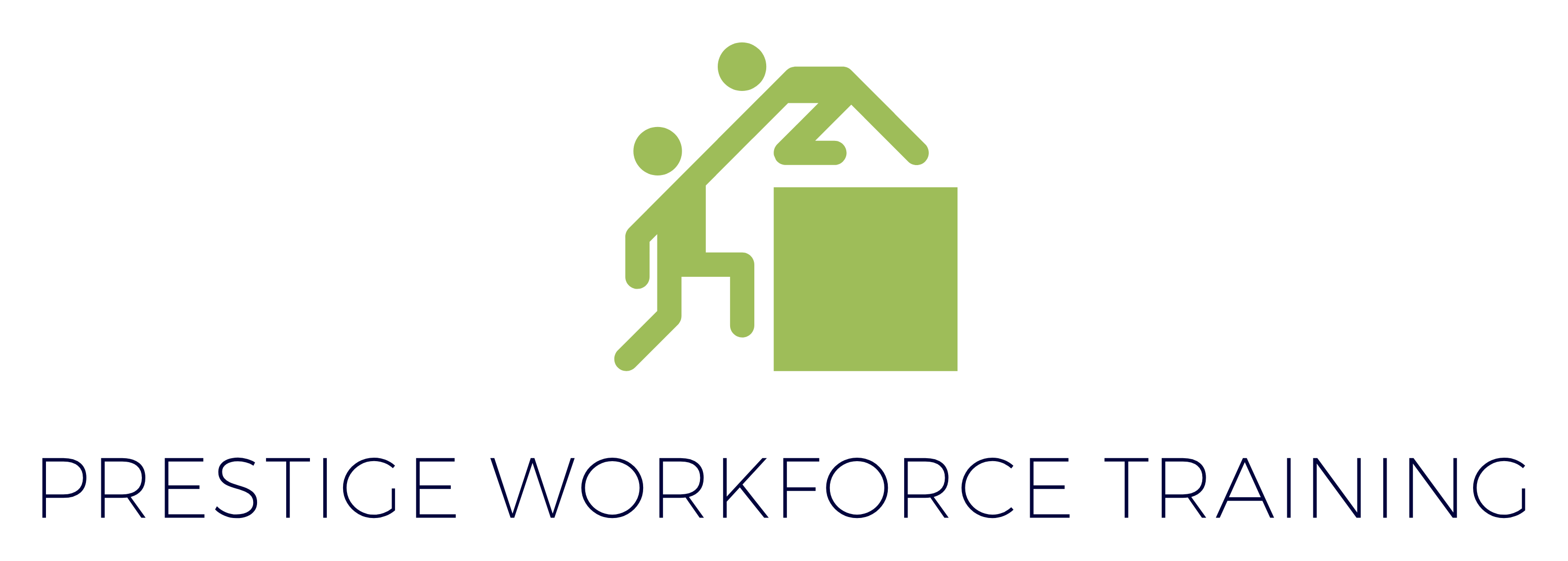First Aid at Work
3 Day Course
Description
This course complies with the guidelines and criteria as defined by the Health & Safety Executive (HSE) in respect of the 1981 (First Aid) Regulations.
Delegates will learn the skills and knowledge to provide First Aid treatment to casualties in a prompt, safe and effective manner. Topics covered in this First Aid at Work training course are in accordance with current guidelines published by the Resuscitation Council (UK).
Duration
This FAW training course is taught for 18 hours over 3 days and consists of theoretical and practical sessions.
Course content
Day 1
- Roles and responsibilities of the First Aider
- Legislation
- First Aid box and contents
- The Accident Record form
- Basic hygiene and infection control in First Aid
- Assessment of an incident
- Primary survey
- Secondary assessment and Recovery position
- Dealing with an unresponsive casualty
- Resuscitation and CPR
- Automated External Defibrillator (AED) use training
- Respiratory System and Choking
- Epilepsy
- Minor injuries
- Wounds and Bleeding control
- Circulatory System and Shock
- Fainting
- Minor Burns
- Foreign Bodies
Days 2 & 3
- Recap on primary survey
- Recap on secondary assessment
- Fractures
- Soft tissue injuries to ligaments and muscle
- Head injuries: Concussion, Skull Fracture and Cerebral Compression
- Spinal injuries
- Chest injuries
- Abdominal injuries
- Specialised burn injuries
- Eye injuries
- Poisoning
- Anaphylaxis and auto injector training
- Angina & Heart Attack
- Stroke
- Diabetes
- Asthma
Assessment
Assessment is ongoing by the instructor. There will be a short quiz at the end of each day of the course which includes multiple choice and short answer questions.
Important Information
Please note that delegates must be at least 16 years of age and physically able to carry out the procedures detailed in the course outline and must attend all sessions to be eligible for assessment.
It may be possible to grant a reasonable adjustment for a learner who has a disability, medical condition or learning need: For example, assistance could be given with reading or writing.
Due to the practical nature of the first aid assessment there are physical demands. Learners must be able to get to the floor unaided and successfully demonstrate all required elements of the practical assessment on their own, with the casualty on the floor, as in a real-life situation: For example, a learner will need to get to the floor unassisted and demonstrate effective cardiopulmonary resuscitation on a manikin at floor level.
If the course organiser has any concern about an attending learner they should contact us to discuss before the learner attends the course.
Delegates should have good English literacy and numeracy skills to understand the course and to complete the assessments.
Please also note that ID will need to be checked at the outset of the course for candidate verification process.
- The training room should be quiet and of appropriate size.
- Staff should be off work and not expected to be on duty.
- Staff attending should remain on the course for the entire duration of the training course.
- Benefit 1: Safety and Legal Compliance
- Benefit 2: Rapid Response to Emergencies
- Benefit 3: Culture of Care
